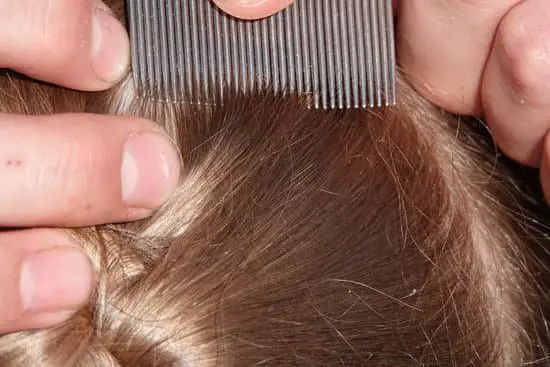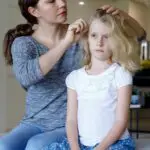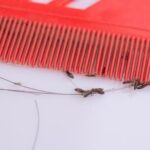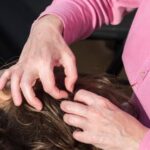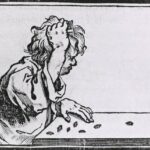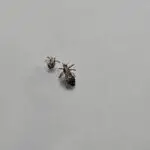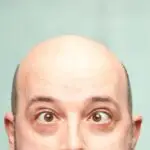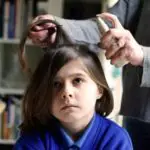Head Lice in Children – What to Look For
The first step in treating head lice is to identify the source of the infestation. Head lice often infest children’s hair, especially close to the scalp. To check for lice, part the hair and examine it thoroughly. If you find any small lice, you should treat them right away. If you see their eggs, you should treat them as well.
The best way to treat head lice is to wash your child’s clothes in hot water and dry them on a high temperature. You should not throw away the clothing, but you should keep it sealed in a plastic bag for two weeks. You can also try treating your child’s bedding. Always remember that head lice are contagious and you don’t want anyone else to get infected.
When a child has head lice, they may have a hard time sleeping and may exhibit irritability. If you think your child has head lice, you should look for sores on his or her head. These sores will become infected with bacteria from the person’s body. Head lice are spread through head-to-head contact. This can happen at school, during sports activities, and at parties. Even lying on a bed with a sick person can spread the lice. Pets, however, do not play a role in the transmission of head lice.
If you think your child has head lice, try to isolate them as quickly as possible. They are difficult to remove from the scalp, and they are often stuck to the scalp. Using a magnifying glass can help locate them. Another way to tell if your child has head lice is if they experience persistent itching. If this is the case, consider treating them with a prescription medicine such as “Ovide” or another product containing malathion.
